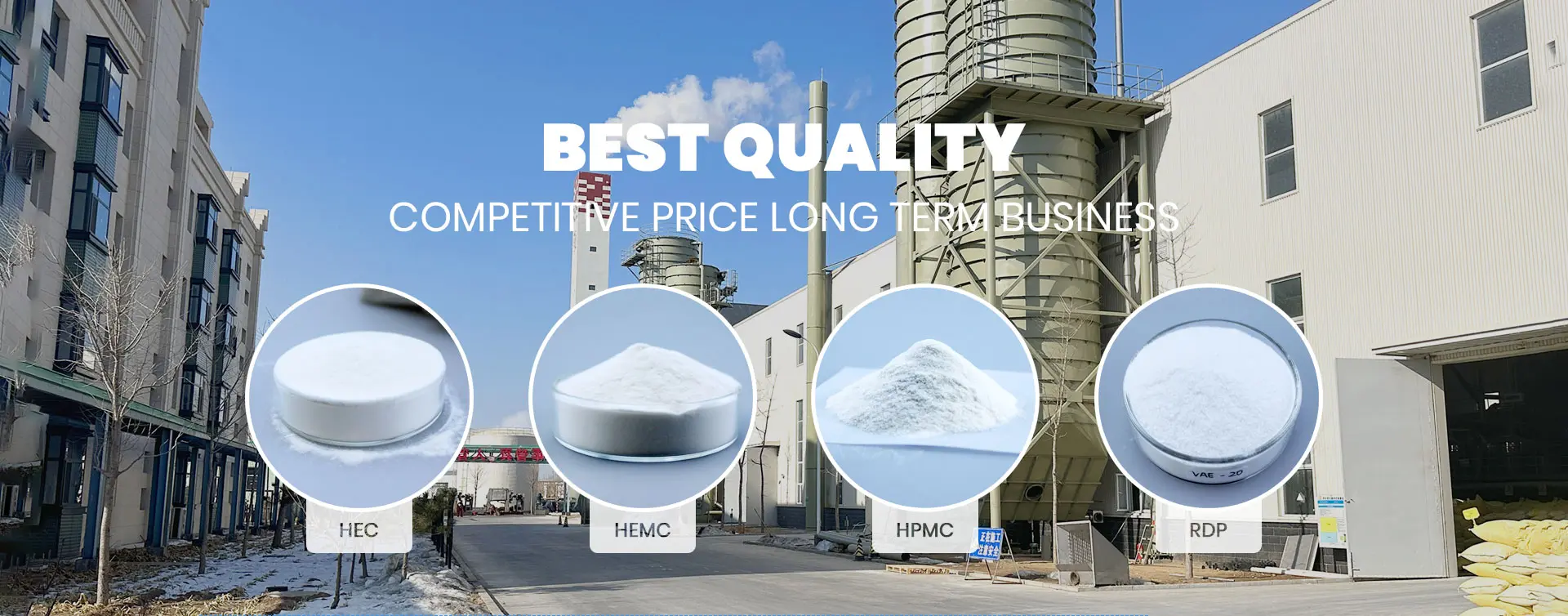
Nov . 24, 2024 02:58 Back to list
hpmc
An Overview of HPMC Properties, Applications, and Benefits
Hydroxypropyl Methylcellulose (HPMC) is a versatile and widely used cellulose derivative that has garnered significant attention across various industries, particularly in pharmaceuticals, food, cosmetics, and construction. Its unique properties make it an essential ingredient in many applications, and understanding its characteristics can illuminate its importance in modern manufacturing.
HPMC is synthesized from cellulose obtained from natural sources such as wood or cotton. Through a series of chemical processes, cellulose undergoes hydroxypropylation and methylation, resulting in a product that combines the structural integrity of cellulose with enhanced solubility and film-forming abilities. The degree of methyl and hydroxypropyl substitution can be tailored, influencing the viscosity, solubility, and thermal stability of the final product.
.
In the food industry, HPMC serves as a fat replacer, enhancing texture and stability in various products, including baked goods, dairy products, and sauces. Its ability to retain moisture contributes to improved shelf life and consumer satisfaction. Moreover, HPMC is recognized as a non-toxic and safe ingredient, making it suitable for use in food products without compromising safety standards.
hpmc

Cosmetics manufacturers also appreciate HPMC for its hydrating and film-forming properties, which make it an ideal component in creams, lotions, and other personal care products. Its ability to create a smooth texture while providing a pleasant sensory experience is a reason for its popularity in this sector.
The construction industry benefits from HPMC’s properties as well. As an additive in cement-based materials, it enhances the workability and adhesion of mortars and plasters, improving the overall performance of construction solutions. HPMC is instrumental in regulating water retention, thus extending the open time of these materials and allowing for better application.
Beyond its functional benefits, HPMC is also valued for its environmental compatibility. Being derived from renewable resources, it presents a sustainable option compared to synthetic polymers. Moreover, its biodegradable nature aligns with the increasing demand for eco-friendly solutions across various sectors.
In conclusion, Hydroxypropyl Methylcellulose (HPMC) is a multifunctional compound with significant relevance in diverse industries. Its unique properties, including solubility, film-forming abilities, and thixotropic characteristics, make it an indispensable ingredient. As industries continue to innovate and seek sustainable solutions, HPMC’s role is likely to expand, reinforcing its position as a critical component in contemporary applications.
-
Versatile Hpmc Uses in Different Industries
NewsJun.19,2025
-
Redispersible Powder's Role in Enhancing Durability of Construction Products
NewsJun.19,2025
-
Hydroxyethyl Cellulose Applications Driving Green Industrial Processes
NewsJun.19,2025
-
Exploring Different Redispersible Polymer Powder
NewsJun.19,2025
-
Choosing the Right Mortar Bonding Agent
NewsJun.19,2025
-
Applications and Significance of China Hpmc in Modern Industries
NewsJun.19,2025







